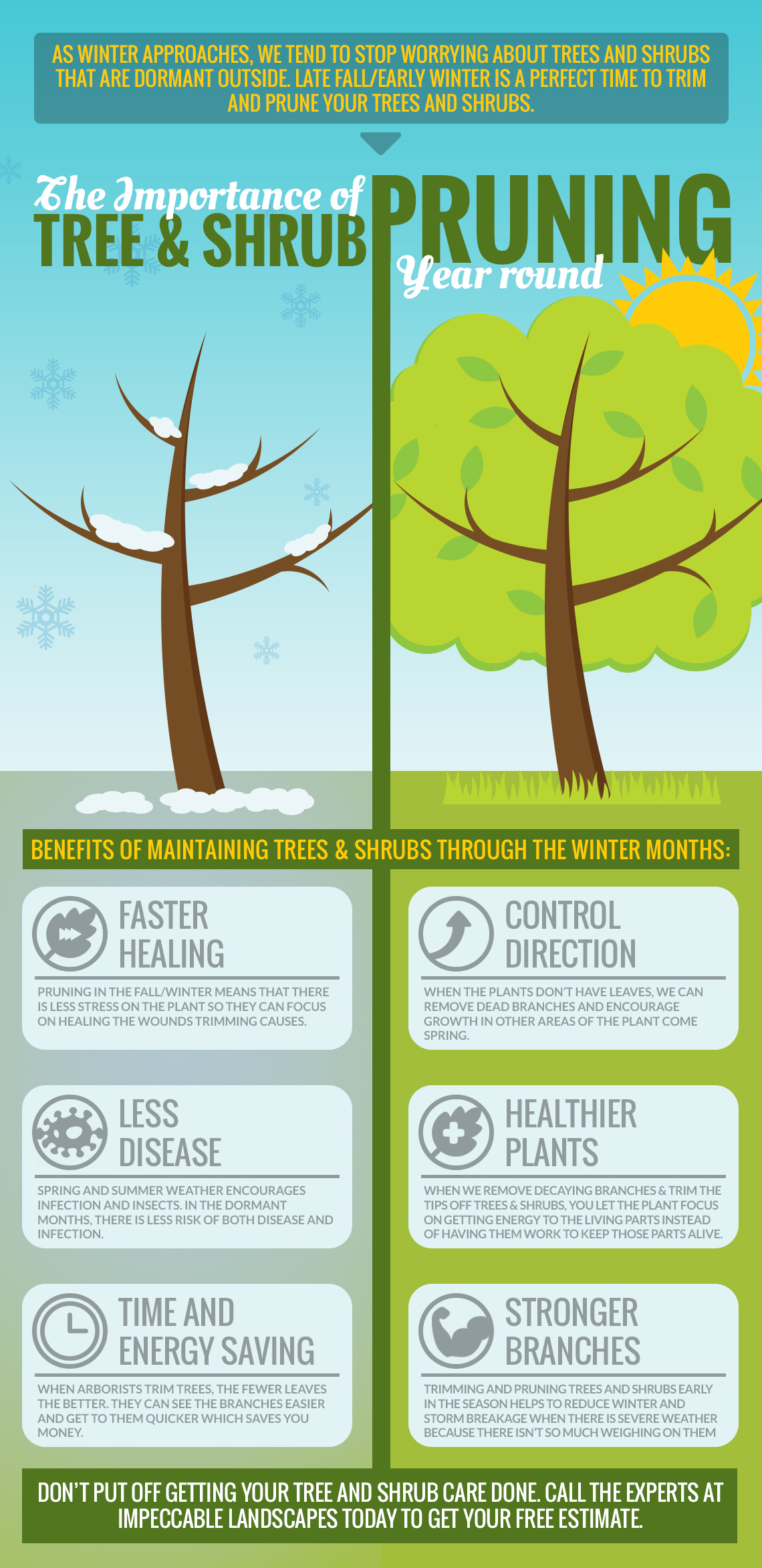Following Tree Elimination, It Is Important To Look After Your Landscape To Guarantee Its Restoration; Discover The Essential Steps To Rejuvenate Your Area And Prevent Future Problems
Following Tree Elimination, It Is Important To Look After Your Landscape To Guarantee Its Restoration; Discover The Essential Steps To Rejuvenate Your Area And Prevent Future Problems
Blog Article
Web Content Create By-Powell Massey
After a tree's removal, your landscape may look fairly various, and it's important to examine the consequences meticulously. You'll intend to assess the soil disruption and inspect bordering plants for any indicators of anxiety. Disregarding https://www.myhighplains.com/news/ask-the-tree-geek-pruning-tips/ can cause bigger issues down the line. So, what should you do with those stumps and roots? And how do you choose the very best plants for your revitalized room? Allow's explore these important steps.
Examining the Results: Evaluating Your Landscape
After a tree removal, it's critical to examine your landscape to comprehend the impact it has on your lawn.
Begin by taking a look at the area where the tree stood. Search for signs of soil disturbance, and check the bordering plants for any tension or damages.
You need to additionally take note of just how the removal has altered sunlight direct exposure and air flow in your yard. This change can influence the growth of close-by plants, so it's important to evaluate their health and wellness.
Take into consideration the visual aspects also; the removal might create an open space that you can revamp.
Finally, consider any possible disintegration concerns that might develop from the tree's lack. Attending to Legal Obligation To Trim Trees will assist restore equilibrium to your landscape.
Taking care of Stumps and Origins: Alternatives for Removal
When you have actually evaluated the after-effects of the tree removal, you'll likely require to take on the stump and origins left.
You have a couple of options for elimination. One effective approach is stump grinding, where an expert makes use of a maker to grind the stump down to underground degree. This technique leaves minimal interruption to your landscape.
If you choose a do it yourself technique, you can utilize a combination of digging and chemical stump eliminators. Simply keep in mind, this process can take some time and effort.
Alternatively, consider leaving the stump as an all-natural feature, which can serve as a distinct yard component or environment for wildlife.
Whatever you choose, resolving the stump and origins is important for restoring your landscape.
Choosing the Right Plants for Your New Space
As you assess your recently removed space, selecting the right plants can dramatically boost your landscape's charm and performance.
Beginning by taking into consideration the sunlight and soil problems. For warm areas, choose drought-resistant plants like lavender or succulents. In shaded areas, brushes and hostas prosper well.
Think about the dimension and development routines of your plants; mix perennials and annuals for seasonal selection. Do not fail to remember to incorporate native types; they need less maintenance and support local wildlife.
Team plants in odd numbers for a much more all-natural appearance and produce layers for aesthetic depth.
Lastly, ensure you have a mix of colors and appearances to keep your landscape vivid throughout the seasons.
Satisfied growing!
Final thought
In conclusion, recovering your landscape after tree elimination is a satisfying procedure. By evaluating the consequences, resolving stumps and roots, and selecting the right plants, you'll produce a growing atmosphere. Don't neglect to incorporate disintegration control steps to shield your dirt. With a little effort and treatment, you can transform your area into a vivid yard that enhances your home. Welcome the possibility to invigorate your landscape and appreciate the charm of nature right in your yard!
